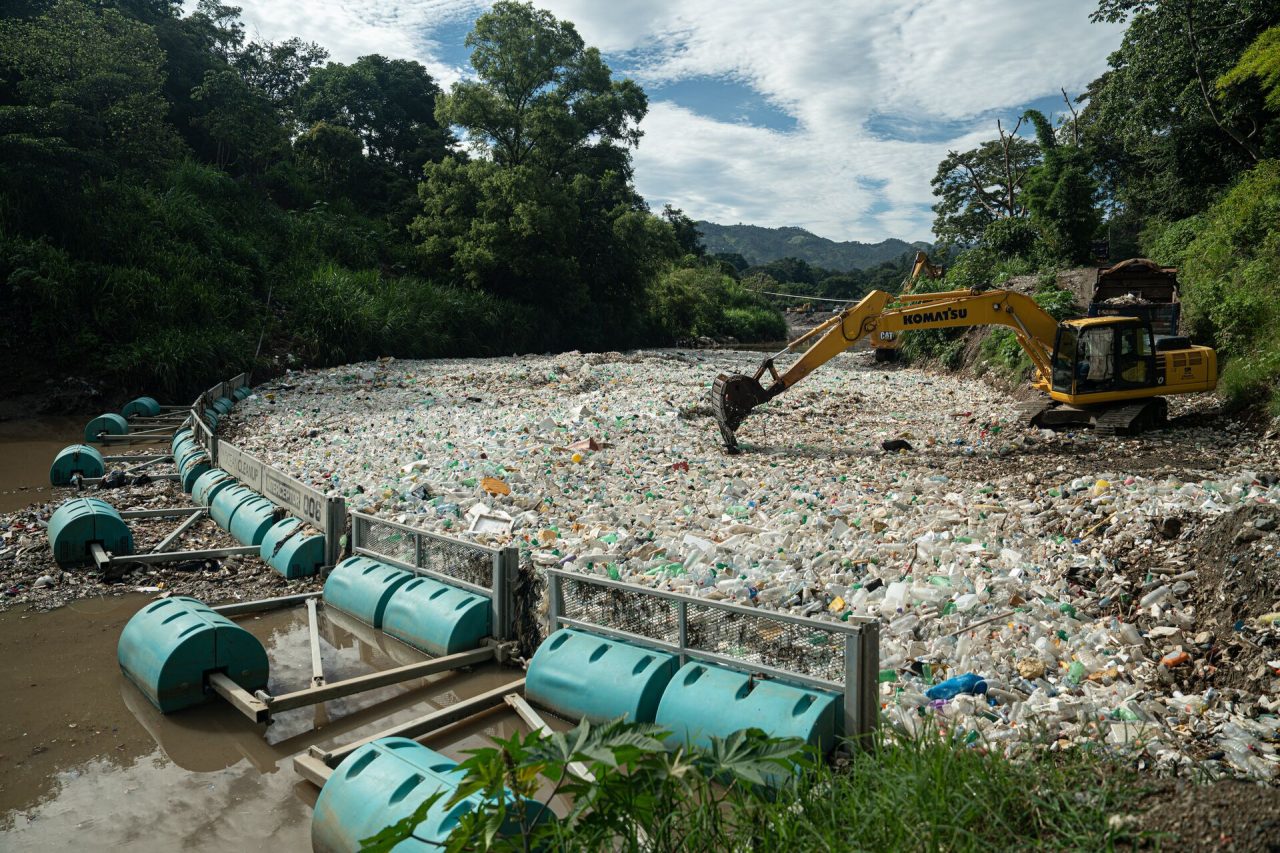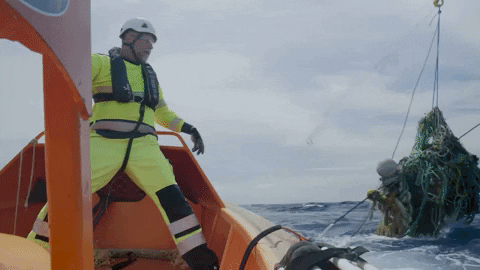Concentration gradient of plastic debris larger than 500 μm detected across the Southwest Indian ocean
July 2025, Article in a Peer-Reviewed Journal
Scientific Reports
Abstract
Marine plastic pollution is increasing in the world’s ocean, with the Indian Ocean understudied compared to the Pacific and Atlantic Oceans. This study investigates plastic pollution in the Southwest Indian Ocean, focusing on a size range from large debris to microplastics (> 500 μm). Using visual surveys and manta trawling, we assessed plastic concentrations, compositions, and polymer types across 19 oceanographic campaigns. A total of 11,438 litter items were identified, with over 70% consisting of plastics. Larger plastic debris was predominantly observed near Glorieuses Islands during visual surveys, while microplastics were more prevalent offshore, collected through manta trawling. We observed a gradient of increasing plastic concentrations along the 30°/33°S latitudes, from 40°E (macroplastics: 10 items/km²; microplastics: 103 items/km²) to 65°E (macroplastics: 102 items/km²; microplastics: 105 items/km²). The majority of plastic debris consisted of hard fragments, primarily polyethylene (45.7%) and polypropylene (26.7%). Our findings provide new insights into microplastic concentrations in offshore regions, highlight the significant degradation of plastic debris, and emphasize the need for further research to identify and map the Indian Ocean’s garbage patch along these latitudes. Keys words: Indian Ocean, Marine litter, Visual survey, Manta trawling, Microplastics.

